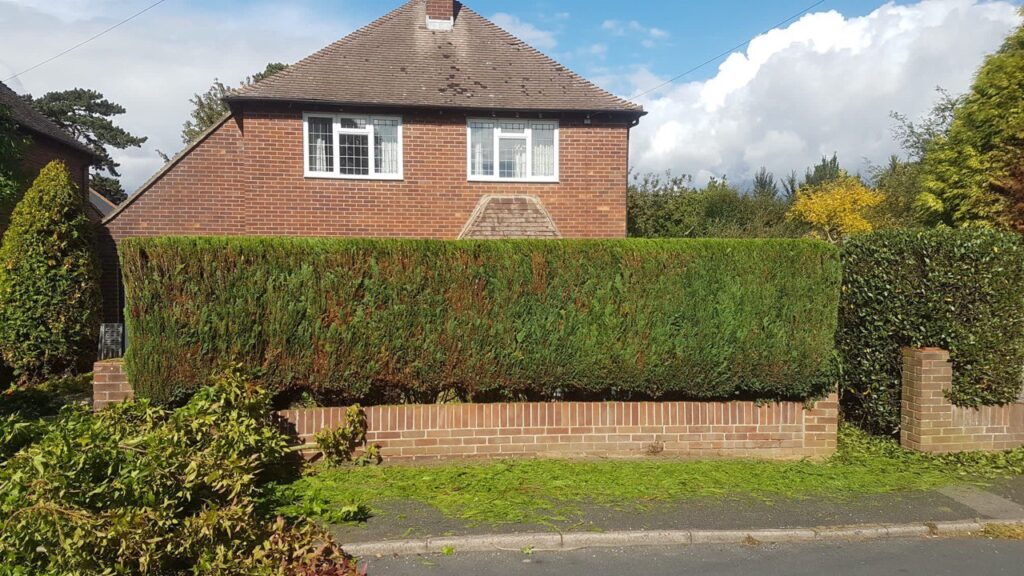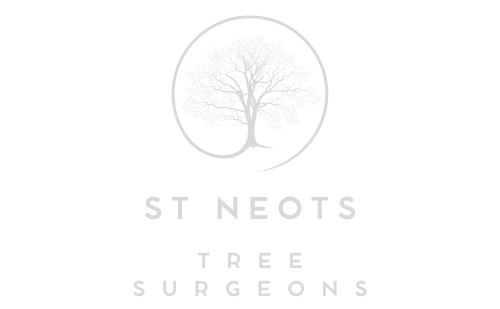Fortifying Canopies: Tree Crown Reduction for Managing Trees in Fire-Prone Environments
In the delicate balance of nature, trees serve as pillars of strength, their canopies sheltering ecosystems and communities alike. Yet, in regions prone to wildfires, trees face heightened risks and challenges, necessitating proactive measures to mitigate the threat of catastrophic blazes. Amidst these challenges, tree crown reduction emerges as a strategic tool for managing trees in fire-prone environments, fortifying canopies and enhancing resilience against wildfire ravages. Join us as we delve into the symbiotic relationship between tree crown reduction and the management of trees in fire-prone environments, unravelling how this practice promotes safety, sustainability, and vitality within our natural landscapes.
Understanding Trees in Fire-Prone Environments:
Due to dry conditions, high temperatures, and flammable vegetation, trees in fire-prone environments are subjected to increased risks of ignition, combustion, and crown fires. In the event of a wildfire, trees can serve as fuel sources, contributing to the rapid spread and intensity of the blaze. Managing trees in fire-prone environments is essential for reducing fire hazards, protecting ecosystems, and safeguarding communities from the devastating impacts of wildfires.
The Role of Tree Crown Reduction:
In wildfire mitigation, tree crown reduction serves as a proactive strategy for enhancing trees’ fire resistance and survivability in fire-prone environments. By selectively reducing the size and density of the canopy, arborists can minimise the accumulation of flammable vegetation, increase crown separation, and reduce the likelihood of crown fires spreading from tree to tree. This targeted approach reduces the tree’s susceptibility to ignition. It enhances its ability to withstand the heat and intensity of wildfires, thereby reducing the overall fire risk in the surrounding area.
Implementing Tree Crown Reduction for Fire Management:
- Assessment of Fire Risks: Arborists conduct comprehensive assessments of trees and surrounding vegetation to identify fire hazards, potential ignition sources, and vulnerabilities. Factors such as tree species, age, health, and proximity to structures are evaluated to inform targeted management strategies.
- Selective Canopy Pruning: Arborists employ crown reduction techniques to selectively remove branches that may pose fire risks, such as low-hanging branches or dense foliage near structures. By reducing canopy density and creating vertical separation between trees, arborists minimise the risk of crown fires spreading and enhance the tree’s overall fire resistance.
- Creation of Defensible Space: Besides crown reduction, arborists create defensible space around trees and structures by clearing flammable vegetation, maintaining firebreaks, and implementing wildfire-resistant landscaping practices. This creates a buffer zone that helps to slow the advance of wildfires and protect property from ember showers and radiant heat.
- Community Education and Outreach: Arborists collaborate with communities to raise awareness about wildfire risks and promote proactive fire management practices. By educating residents about the importance of tree crown reduction and defensible space creation, arborists empower communities to take action to protect themselves and their surroundings from the threat of wildfires.
Conclusion: In the face of escalating wildfire threats, tree crown reduction emerges as a vital strategy for managing trees in fire-prone environments, promoting safety, sustainability, and resilience within our natural landscapes. By integrating targeted pruning techniques into comprehensive fire management strategies, arborists can mitigate fire risks, protect ecosystems, and safeguard communities from the devastating impacts of wildfires. As stewards of our natural landscapes, let us embrace the transformative power of tree crown reduction, nurturing trees towards a future of strength, beauty, and vitality.
Call us on: 01480 776 299
Click here to find out more about St Neots Tree Surgeons
Click here to complete our contact form and see how we can help with your tree’s need.

